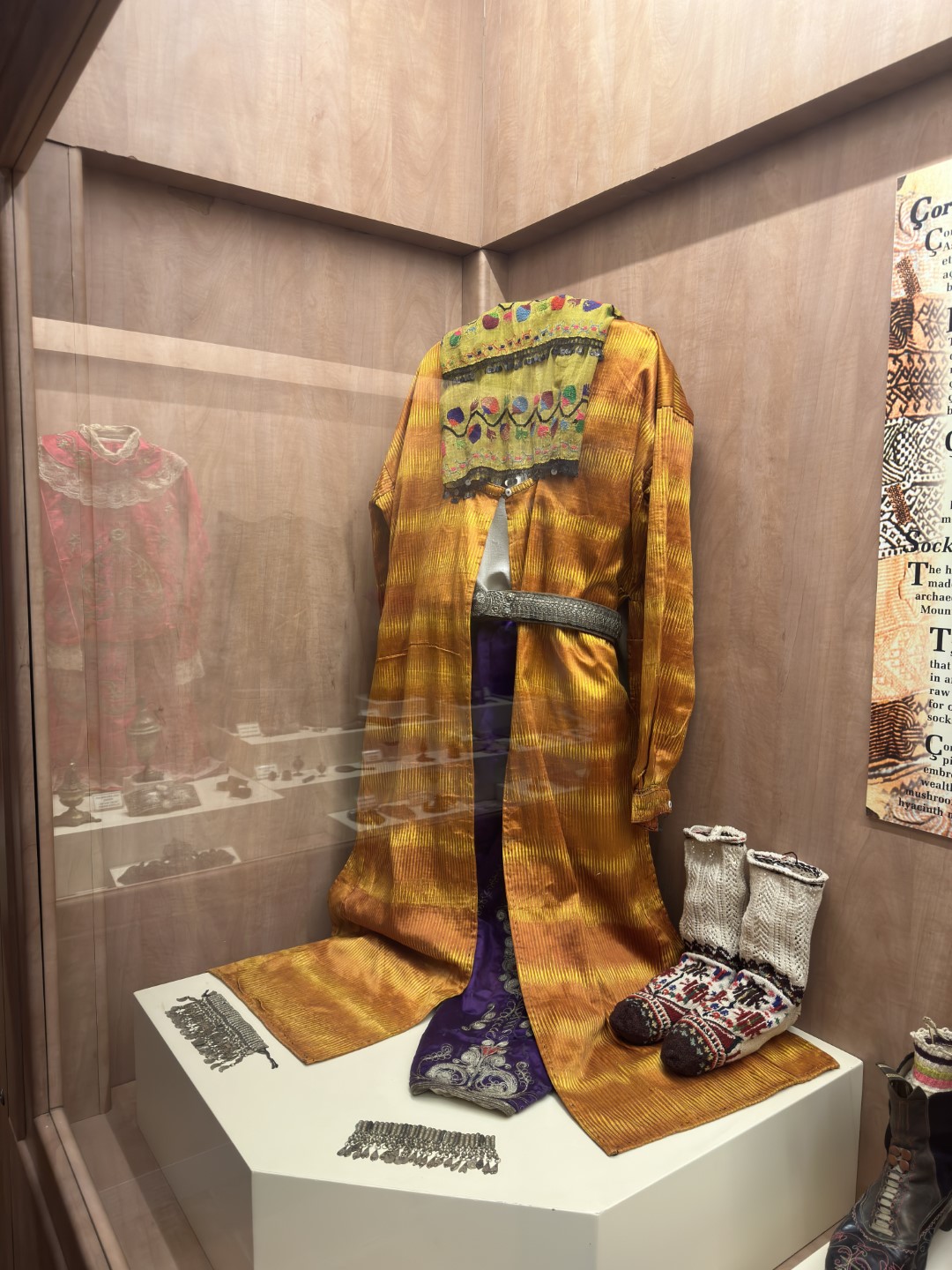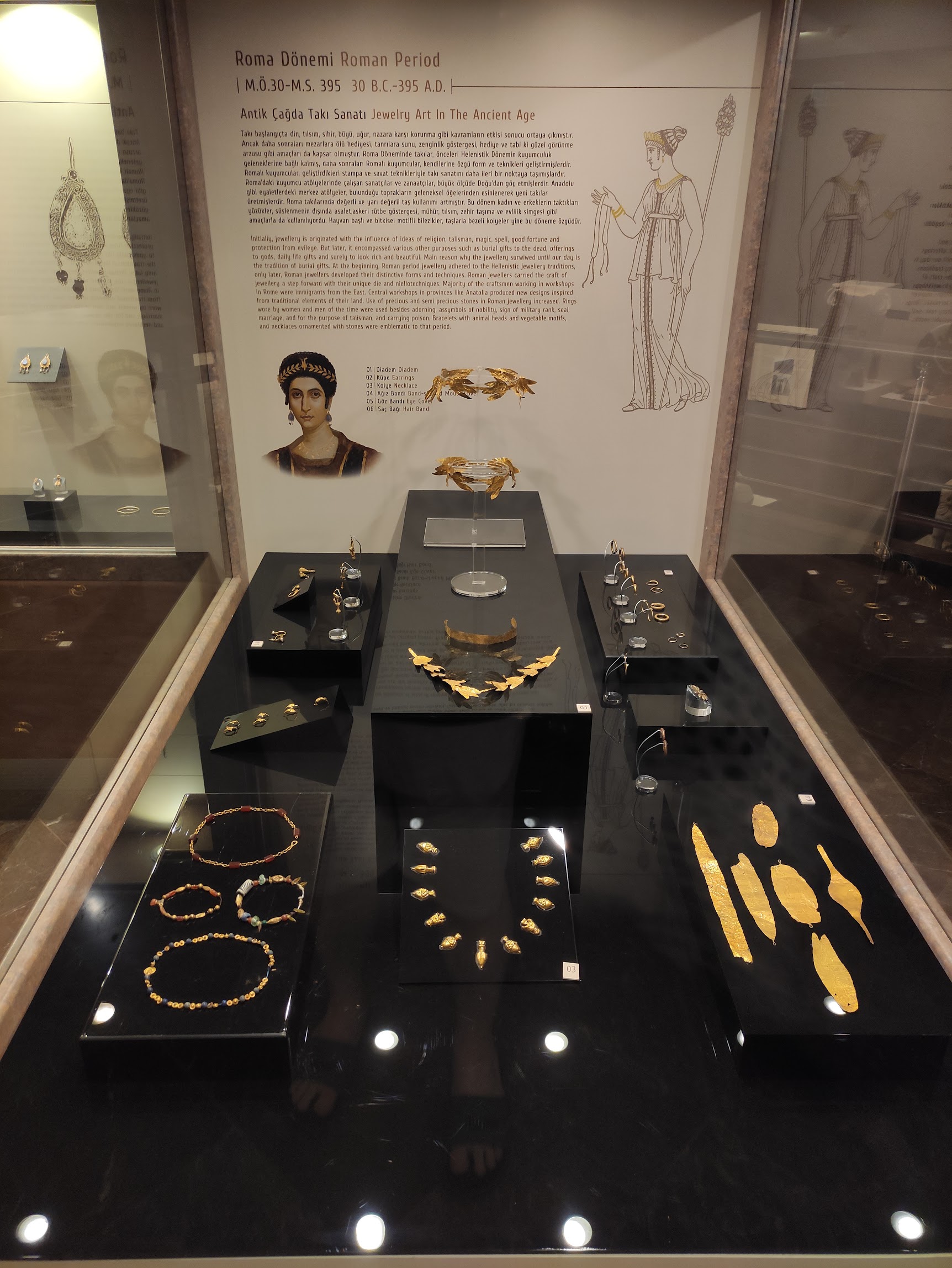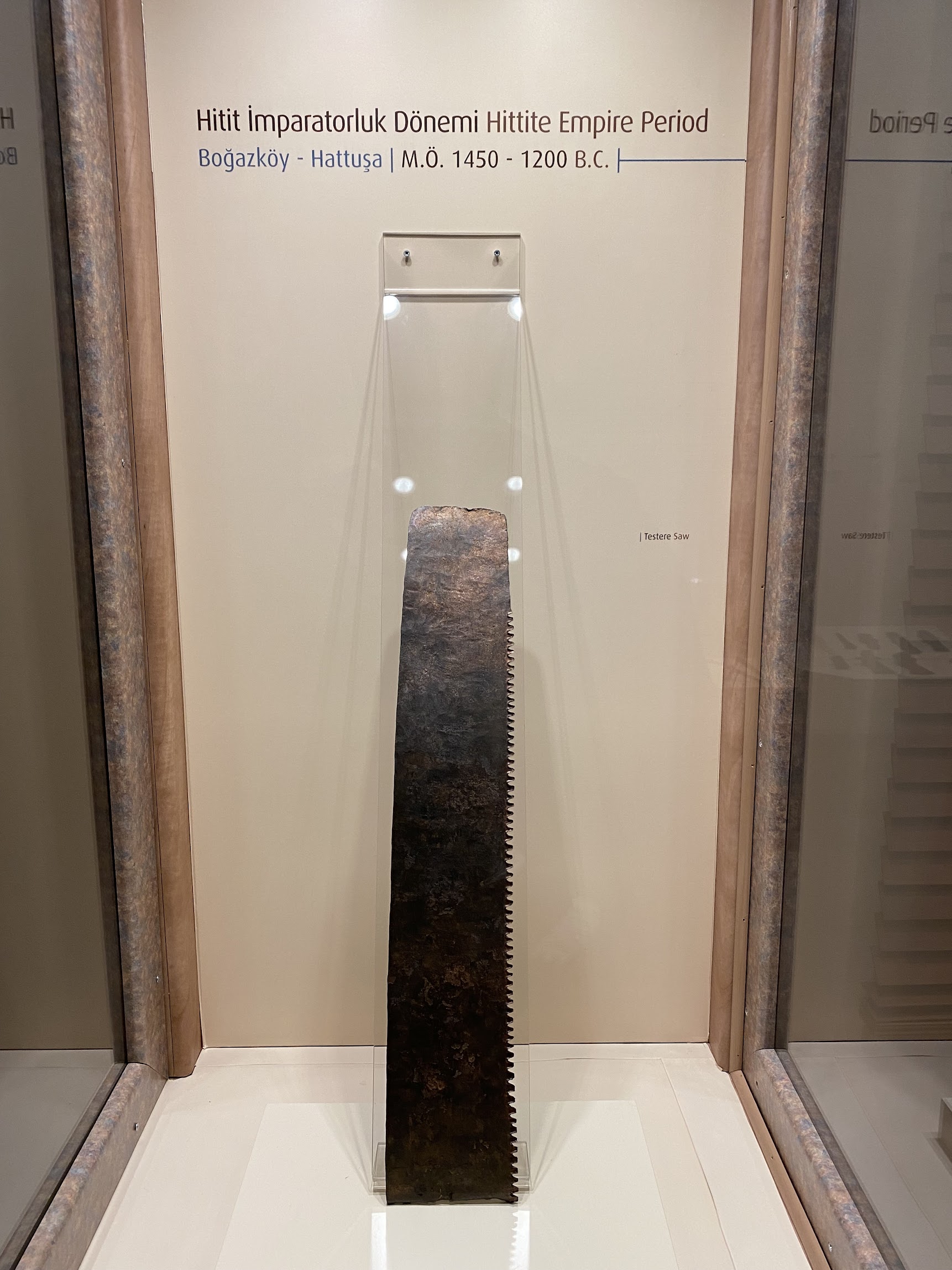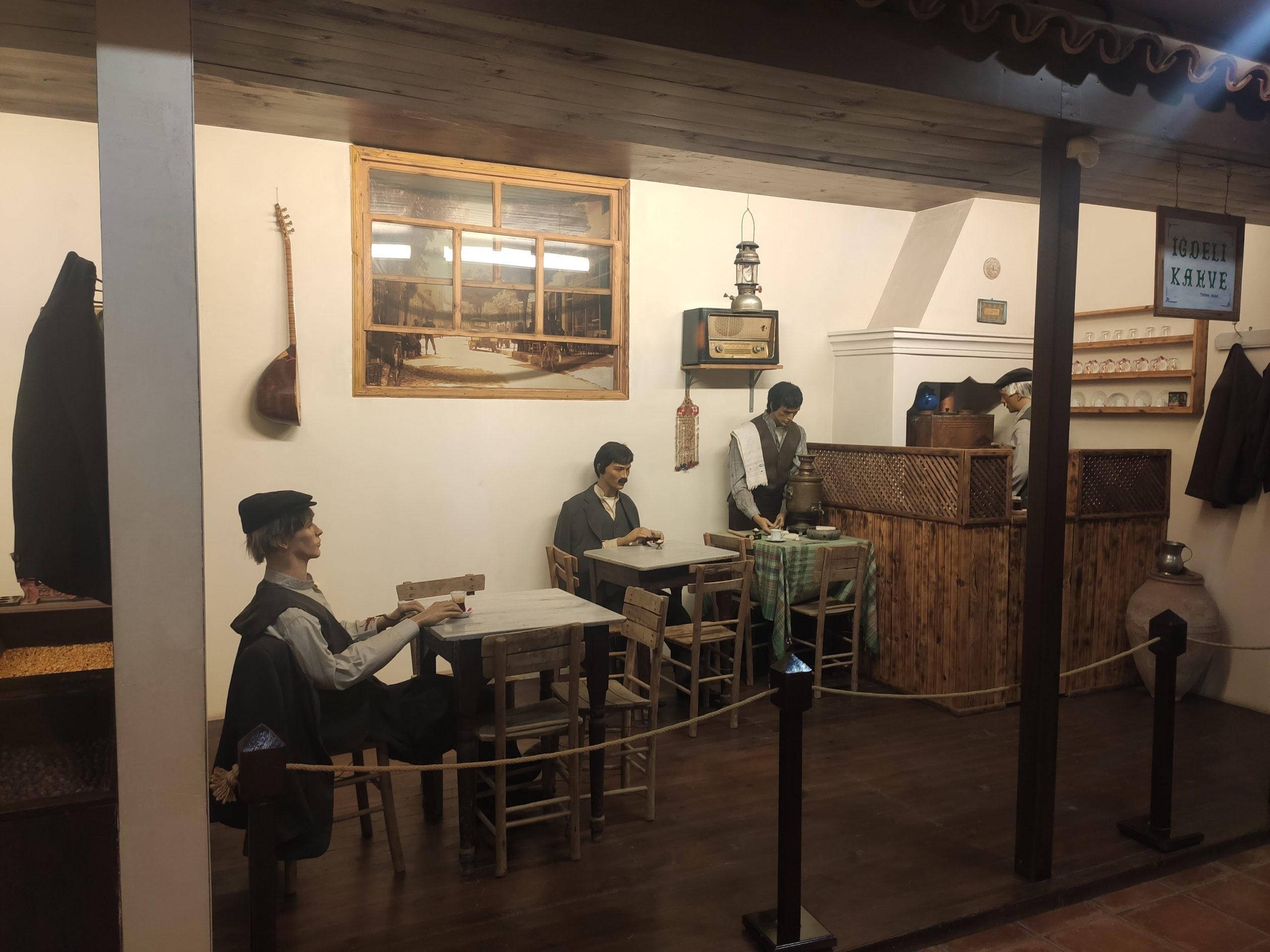Çorum Museum is an archeology and ethnography museum located in the city center of Çorum. The museum exhibits findings from archaeological excavation centers such as Alacahöyük, Boğazköy, Hattuşaş, Pazarlı and Kuşsaray. Çorum Museum was first opened on October 13, 1968, in its first building, which is not used today. The museum building, which has been in service for 33 years since 1968, has become unable to meet the needs due to the density of artifacts obtained from archaeological excavations. Thereupon, the building, whose construction started in 1908 and was completed in 1914, and which has served as a hospital, Agricultural School, and Mechanical Vocational School since the day it was built, was allocated in 1986 to be used as the new building of the Çorum Museum. The building, which suffered a fire in 1988, began to be restored to be used as a museum in 1989. With the completion of the restoration works, Çorum Museum; On 11.03.2003, this historical building was opened to visitors.
Archaeological and ethnographic artifacts are exhibited in the museum. In the museum collection, II. A bronze sword made with the unique casting technique belonging to Tuthaliya, the Hüseyindede Vase, which is similar to the İnandık Vase and has the oldest known harp motif on it, clay seal-imprinted bullae found as archives in the Boğazköy-Hattuşa excavations, the ones found in the Ortaköy-Şapinuva excavations and listed by UNESCO. Çorum, which consists of Hittite cuneiform tablets and seal-imprinted bullae included in the Memory of the World List, small finds found in the Ortaköy-Şapinuva excavation, seals from the Hittite and contemporary periods, city coins from the Hellenistic Period and Roman Period, and coins from the Byzantine Period and Islamic Period. The Museum’s Coin Collection includes glass works from the Roman Period, gold and silver ornaments, figurines, oil lamps and various works from the Byzantine Period.
There is also an ethnographic collection consisting of women’s clothes, carpets and rugs, various jewelry and ornaments reflecting the characteristics of the Çorum region, as well as weapons, wooden and metal works, and manuscript religious books from the Seljuk and Ottoman periods.
















































